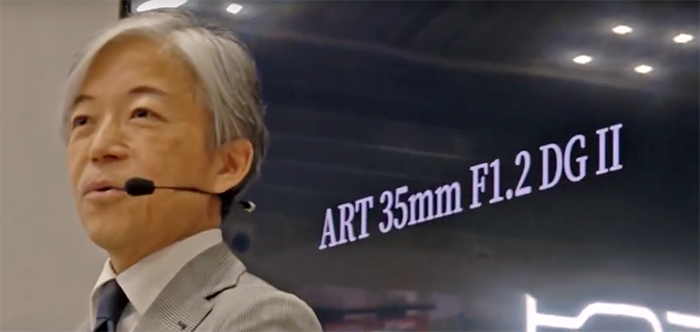Sony announces a 8K camcorder and professional 3D camcorder

Let’s make a short break from Alpha related news. Some of you might be interested to read the specs of the new “terrible” brother of the Sony F3, the new F65. It’s the first industrial camera that reocrds…8k!!! I would be glad of some of this features could find the way in the A77 (ok just kidding!). Those are the amazing specs:
• Industry’s first 8K 20M-Pixel CMOS imager for digital motion picture production
• From this imager, the F65 will derive brilliant HD, 2K, True 4K resolution, and higher 16bit Linear RAW output
• F65 adheres to 1.9:1 aspect ratio, DCI Projection standard (4096 x 2160 or 2048 x 1080) Choice of picture composition as needed: 1.85:1, 1.78:1, 1.66:1, 1.33:1, 2.35 spherical, 1.3x anamorphic, or 2x anamorphic cropped
• Wide dynamic range, low S/N ratio, and high sensitivity
• Optional SR-R4 on board SRMemory recorder
• HD-SDI Monitoring outputs with viewing LUT’s
• The camera can shoot 1 to 120 fps
• 16 bit-RAW recording in SRMemory™ card (sold sep.)
More info at Pro.Sony (Click here). I am particularly impressed by the 16Bit linear RAW recording. If Sony would manage to add RAW video recording to high.end Alpha SLT cameras that would kill the current [shoplink 6340]Canon 5D mark II[/shoplink] sales! Ok, stop me! I am dreaming :)
Sony also unveiled a compact Professional grade 3D Camcorder at NAB (Source: Akihabaranews). The HVR-NX3D1J (in Japan) or HXRNX3D1U (in North America):
• 3D Worldcam 50i/60i compatible
• 3D Recording Mode: 50i/60i/24P (28Mbps)
• 2D Recording Mode: 1920×1080/60p, 50p, 60i, 50i, 24p, 25p
• SD Recording Mode: 720×480 60i, 720×576 50i
• Double HD lenses, 10x optical zoom in 3D
• Automatic or manual parallax correction
• Active SteadyShot™ in 3D
• Glassless 3.5-inch LCD
• Removable Audio Pod with XLR connectors
• Time Code recording
• 28Mbps AVCHD with AC3/LPCM 3D recording
• Side by Side or Frame Packing output via HDMI
• One card slot accepts SD or Memory Stick
• Built-in 96GB flash memory




